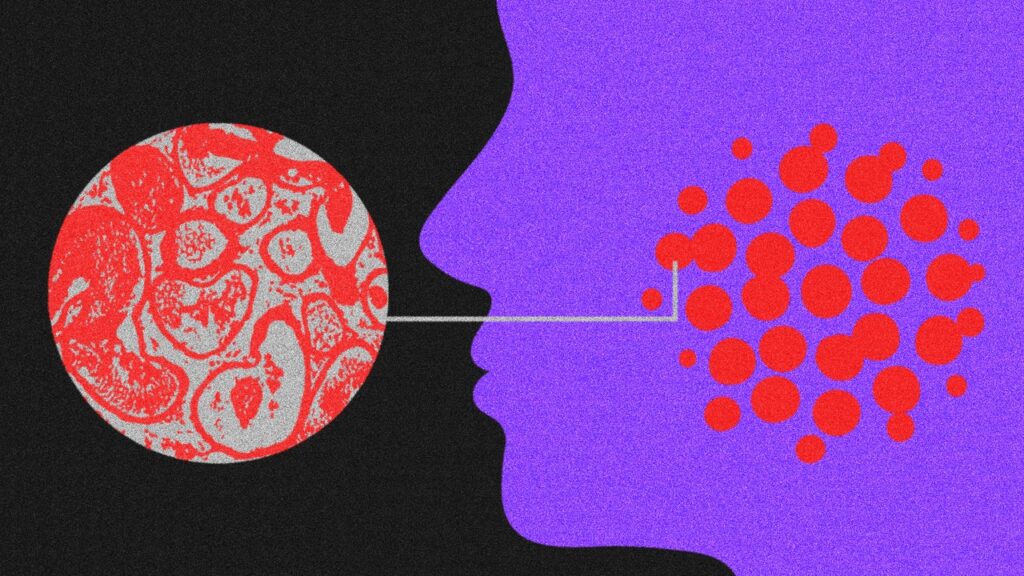[ad_1]
One of the similarities between hidradenitis suppurativa and acne is that they both originate at the site of an obstructed or occluded hair follicle. So both conditions are really only going to show up—only can show up—where hair follicles exist. Hidradenitis suppurativa, however, tends to impact an even smaller subset of locales.
“Compared to even an extreme form of cystic acne, I would say what’s unique to hidradenitis suppurativa is the locations,” says Dr. Lee. “Acne is typically on exposed areas, like your face, your arms, your chest, and your back, whereas hidradenitis suppurativa typically is at the folds of your skin where you have the most sweating, like the armpits, groin, or butt. I’ve even seen patients who have it on the back of the neck.”
If your symptoms are manifesting in an area that gets a lot of skin-on-skin friction, that’s your first sign that it could be hidradenitis suppurativa.
It doesn’t produce comedones
When you’re dealing with acne, you often tend to have comedones—blackheads and whiteheads. That’s not always the case, but it’s pretty standard. “To be clear, you can have just purely cystic acne; that’s a thing that exists,” says Dr. Shaikh. Hidradenitis suppurativa, in contrast, presents mostly as nodules and cysts under the skin.
“The idea with acne, which also involves the hair follicle, is we think about all of its manifestations as kind of outward. You see a whitehead or a blackhead, or you see a bump or something on the skin. With hidradenitis suppurativa, much of that process is going on within,” says Dr. Shaikh.
“You can have deep, painful cysts in both diseases, but if someone came to me and said, ‘Listen, I only have cysts, and I have never had a single blackhead or a single whitehead, and I’ve never had a pustule; it’s all just like these deeper nodules,’ and they happen to be on an anatomical area that is not classic for acne, I would be raising my eyebrow.”
It leaves behind a “network” of scarring beneath the skin
While acne can cover patches of skin, those areas are essentially comprised of discrete, individual lesions. In other words, you could rub your finger over an affected area and feel where one bump ends and another begins. Hidradenitis suppurativa may start out like this, with cysts spaced out by areas of healthy skin, but over time they can connect, forming a subdermal network of scar tissue, says Dr. Lee. “That usually gets us saying, “OK, we’re in a whole different category right now. We need to manage this differently.”
When a cyst bursts, it creates what is called a sinus tract— “a little hole in the skin where you’ll see drainage of pus or potentially blood,” explains Dr. Shaikh. While sinus tracts will sometimes route directly to the surface of the skin, in the case of hidradenitis suppurativa they’ll often connect to the site of a previously ruptured cyst, leaving behind a tunnel of scar tissue. Over time, without intervention, that can become a complex network of scar-tissue tracts beneath the skin.
“Acne scarring can certainly happen, and it’s something that we see a lot, but sinus tract formation—a collection of all these ruptured cysts and scar tissue underneath the skin—is classic for hidradenitis suppurativa,” says Dr. Shaikh. “I’ve never seen acne do that.”
[ad_2]
Source link

